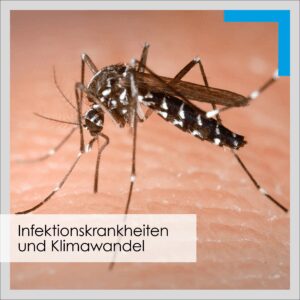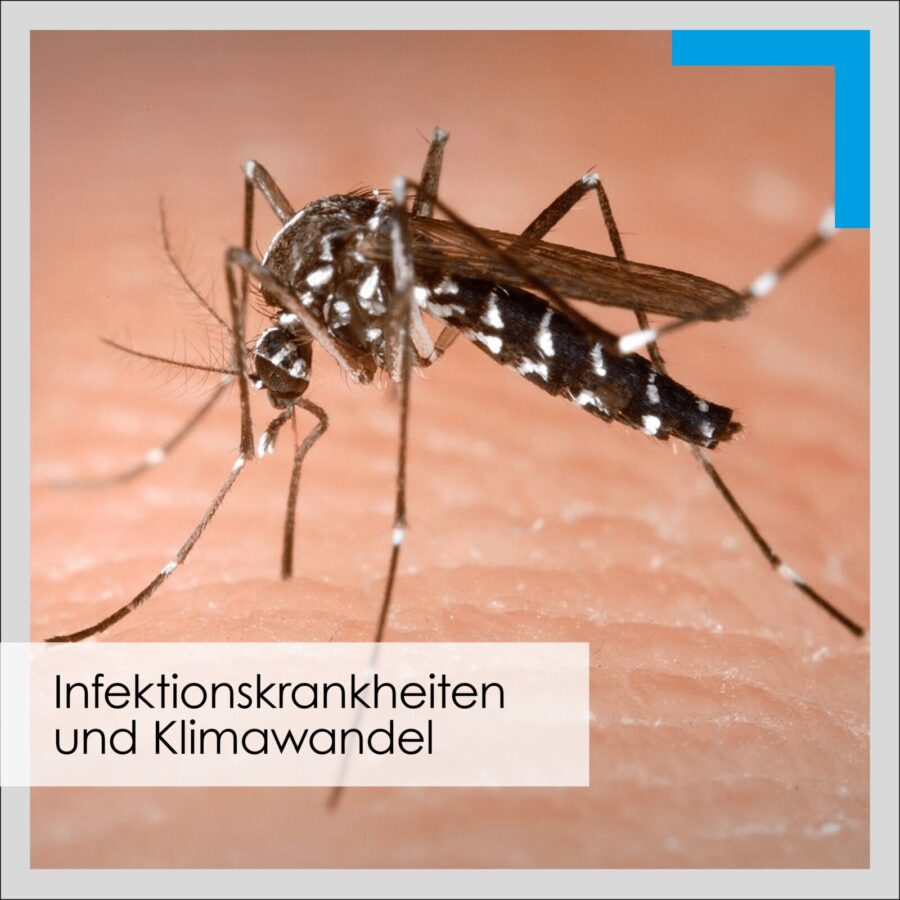
NEWS: In its brochure "Mastering climate change in a healthy way"The Federal Ministry for the Environment provides information on health pests that can transmit infectious agents to humans. These include primarily rodents, mosquitoes and ticks. Species-specific and regional influences of climate change on their occurrence, distribution, population size, activity, hibernation possibilities and the ability to transmit new infections are also discussed.
In addition to changing climatic conditions, worldwide travel and globalisation also favour the occurrence of foreign species and diseases in Germany.
Among rodents, especially bank voles are being researched, as they can transmit the hantavirus through saliva, urine or faeces. Infection can mainly occur through inhalation of virus-containing dusts or skin contact with contaminated material. Infections may cause fever, headache, muscle pain, nausea and vomiting. In addition, kidney diseases may occur. Especially weather events that trigger oak and beech mast years are closely related to the occurrence of bank voles. The frequency of mast years has increased over the last 100 years from originally every 6 - 7 years to every 2 - 3 years due to climate conditions.
In Germany, there are about 50 native mosquito species, which, due to their development conditions, are mainly bound to stagnant water or wetlands. In addition, the diurnal species of the Japanese bush mosquito and the Asian tiger mosquito have settled in Germany. While the distribution of the tiger mosquito is still limited to Baden-Württemberg, Hesse and Thuringia, the bush mosquitoes can already be found all over Germany. Mosquitoes can transmit the pathogens of various diseases such as malaria, Zika infections, chikungunya, dengue and West Nile fever. West Nile fever originally comes from Africa and was able to establish itself in Germany due to the long and hot summers. Scientists assume a further spread in Germany due to climate change.
Ticks are responsible for most infectious diseases transmitted to humans in Germany. The common wood tick from the tick family is the most common representative. In the course of its development, the tick needs several blood hosts in the form of animals or humans. They find their hosts through body heat, carbon dioxide (exhaled air) and butyric acid (sweat). Ticks can transmit the pathogens of Lyme disease and early summer meningoencephalitis (FSME) during the blood meal. Climate change has improved the living conditions for ticks through changes in temperature and humidity, so that they are active earlier and longer in the year and are better able to overwinter. In addition to the established species, new species have been transported to Germany from warmer regions via migratory birds and mammals. The introduced Hyalomma tick species, for example, is considered a potential vector of Crimean-Congo fever.
Learn more about our work and projects and follow us: ![]()
![]()
![]()
![]()
#mullandpartners #engineeringforabettertomorrow #news #climatechange #infectiousdiseases
Sources:
- Rötelmaus: CC BY-SA 3.0, https://upload.wikimedia.org/wikipedia/commons/9/9c/R%C3%B6telmaus.jpg
- Tiger mosquito: CDC/ James Gathany, https://upload.wikimedia.org/wikipedia/commons/e/ea/Aedes_Albopictus.jpg
- Common wood tick: James Lindsey, https://upload.wikimedia.org/wikipedia/commons/c/c6/Ixodes.ricinus.searching.jpg

